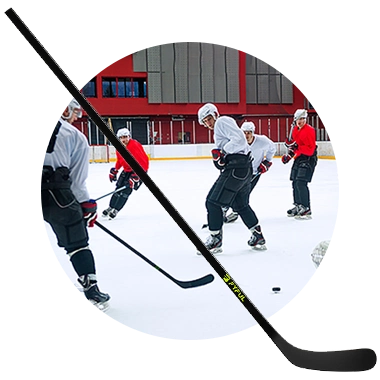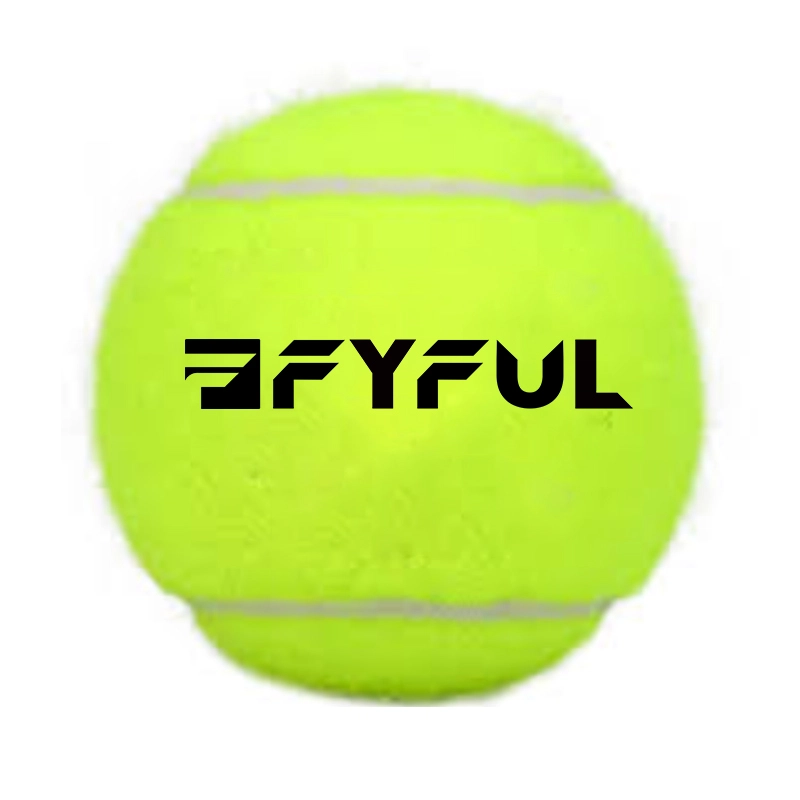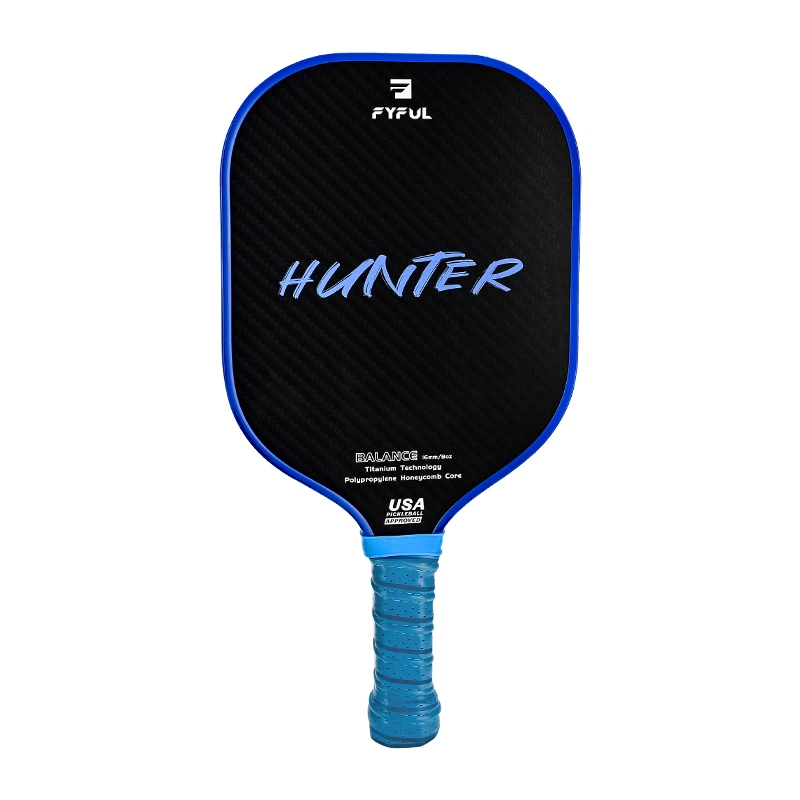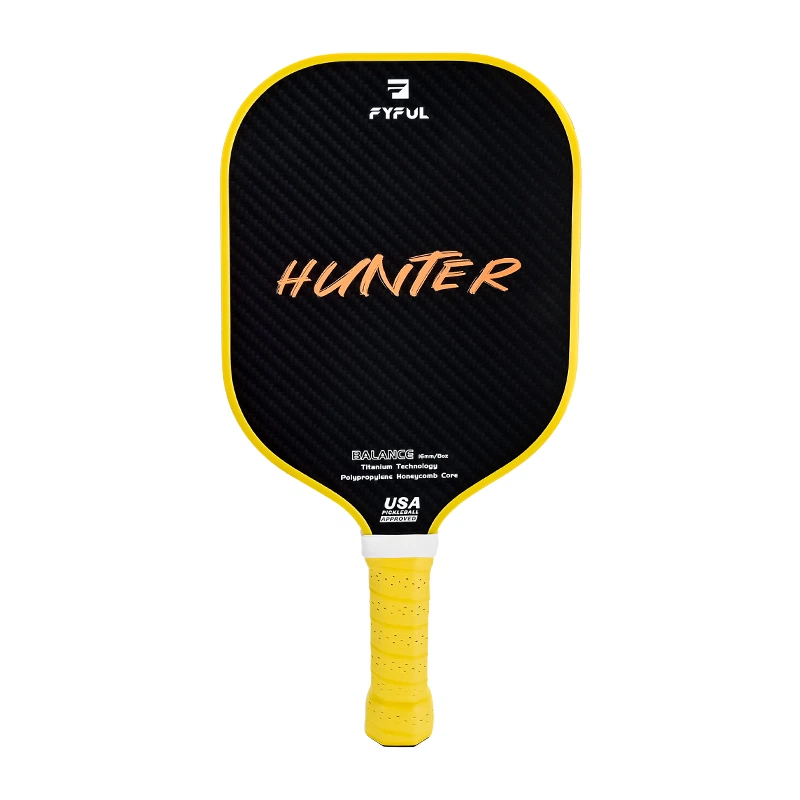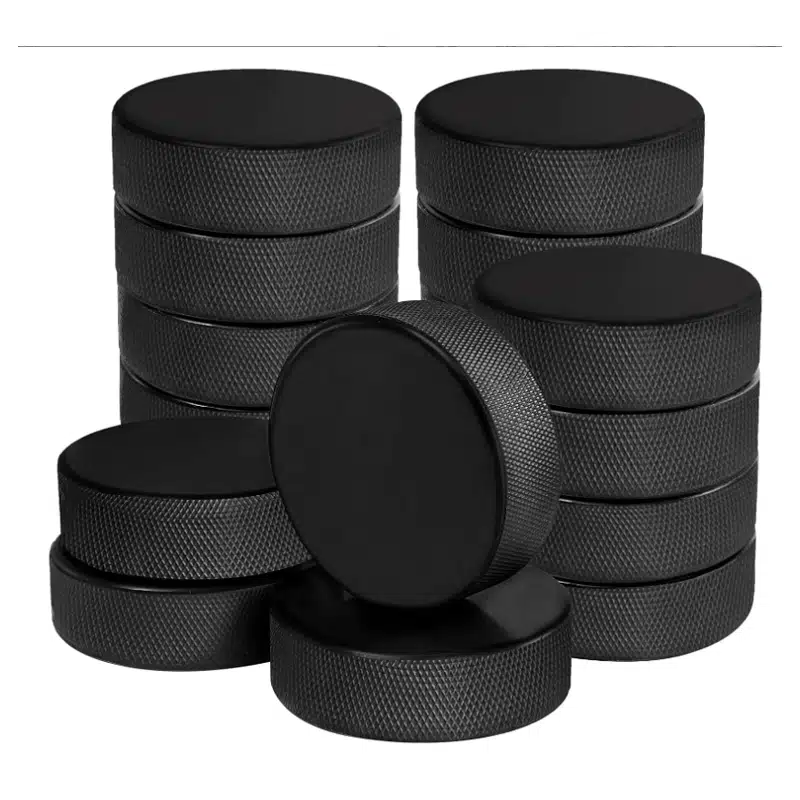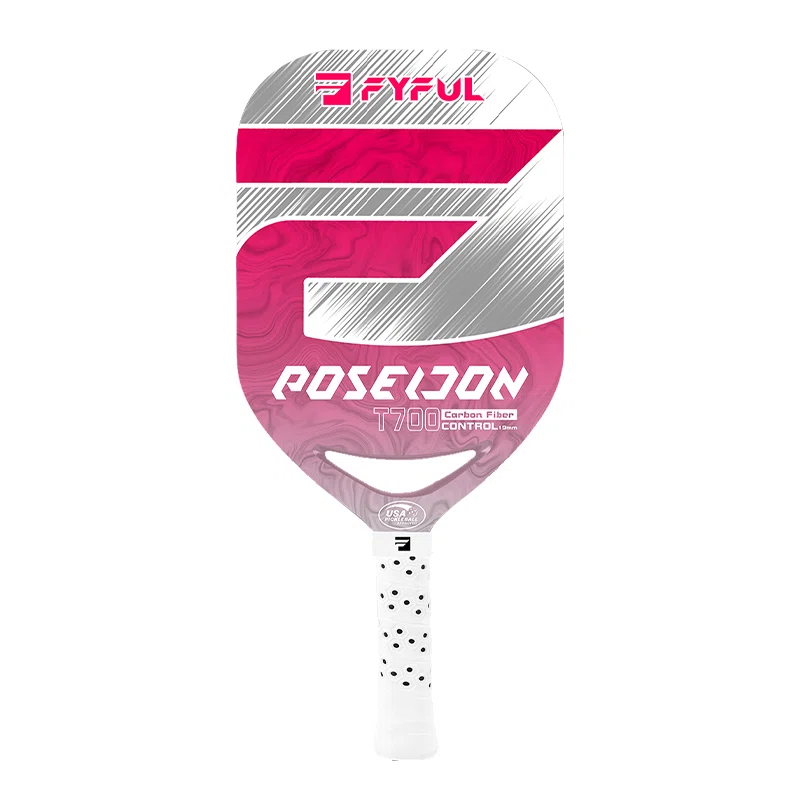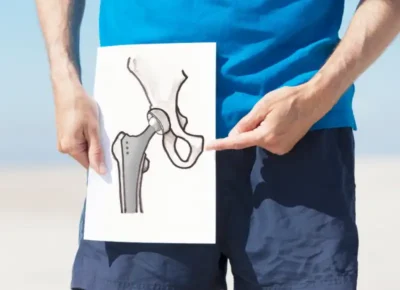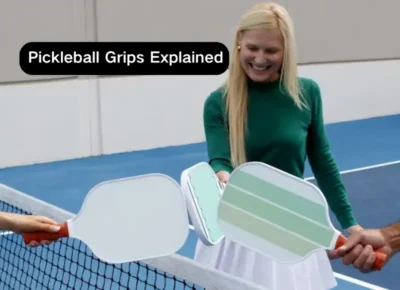Table of Contents
Selecting the right pickleball surface can make a world of difference to your game. Lately, the sport has grown tremendously, and with fame comes evolution.
Today, pickleball is no longer played only on hard surfaces with a concrete or asphalt base. The sport is also becoming common on softer ones, like grass, carpet, and clay. So, how can you decide which surface is the best?
Read on.
In this article, we’ll discuss almost every surface where you can play pickleball to help you develop pickleball court understanding and find pickleball courts best for your preference and style.
Where Can You Play Pickleball?
Per the USA Pickleball Rulebook, you need at least 30 feet wide and 60 feet long total space to set up a pickleball court. A size of 34 feet by 64 feet is even better, while the court must be 20 feet wide and 44 feet long.
The official pickleball court surfaces are asphalt or concrete. Also, assessing the space for slope, drainage, and finish before setting up a pickleball court is vital.
However, it doesn’t mean you can’t play pickleball elsewhere. The sport has become so popular lately that it is now played almost anywhere with adequate space. That said, you would still need a pickleball net to set up pickleball courts.
Exploring the Two Preferred Pickleball Courts
Concrete and asphalt are the two preferred surfaces for playing pickleball. Both surfaces are perfect for outdoors, durable, easy to install, and low maintenance. Not to forget, they are the only two surfaces approved by the USA Pickleball Association.
Both asphalt and concrete fall into the category of hard surfaces. So, they aren’t so forgiving on the joints and knees, and there’s always a risk of getting injured on an asphalt or concrete court.
Can you play pickleball on asphalt?
Asphalt is the most popular surface for outdoor facilities and a material used in pickleball courts. It is durable, easy on the wallet, and perfect for a competitive pickleball game. Asphalt is composed of small stones or gravels (aggregate), mixed and held together with bitumen (binding agent).
An asphalt pickleball surface provides true bounce, which means the bounce is consistent. Also, it is cost-effective and can withstand years of wear and tear with proper maintenance.
Besides this, it is low maintenance and has incredible crack resistance, is perfect for almost every weather condition, and, with upkeep, can last for decades. Also, it is easy to draw pickleball lines on asphalt pickleball courts.
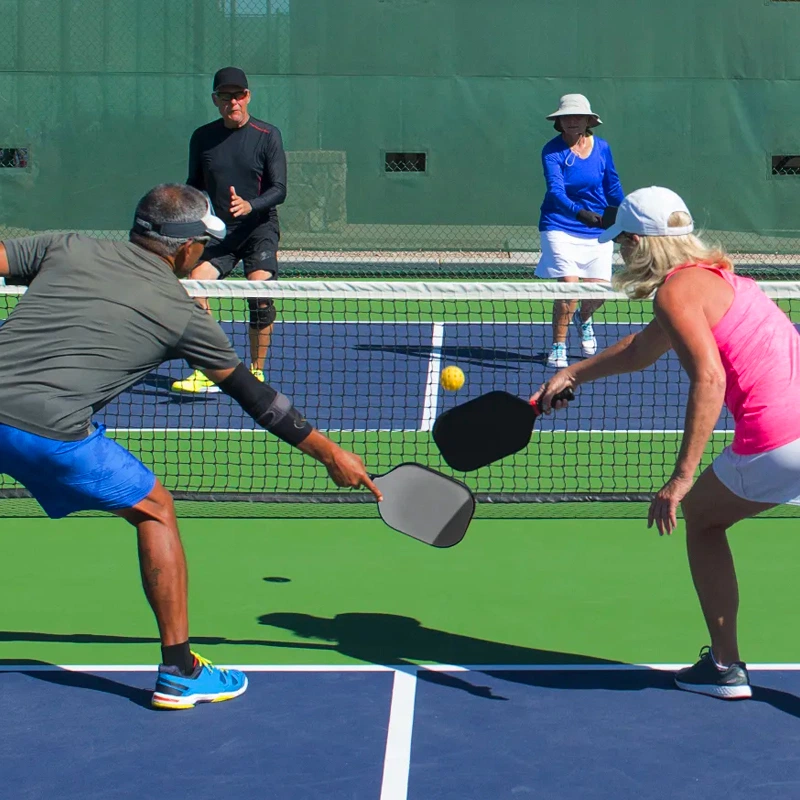
Asphalt Pickleball Court
Photo by @ Eat This, Not That!
Can you play pickleball on concrete/cement?
The cement/concrete is the next best option. It is almost identical to asphalt.
Concrete is a mixture of cement, water, and aggregate. The ratio of the three components gives the material its unique characteristics. Also, water is added to the mix to hold the three materials together and create the perfect outdoor pickleball courts.
Like asphalt, concrete pickleball courts make up a smooth court surface that can withstand the tests of time, weather, and rough play with proper maintenance. Also, it is cheap, low maintenance, and easy to paint.

Concrete Pickleball Court
Photo by @ Honey Built Home
Other Surfaces Where You Can Play Pickleball
Asphalt and concrete are the common pickleball court surfaces, not the only two. You can play the sport almost anywhere you like if there’s space and you have the tools to set up a temporary or permanent pickleball court. Let’s explore how many pickleball courts are there.
Can you play pickleball on grass?
In the list of alternatives, grass pickleball courts take the top spot. However, it is not because it is like asphalt and concrete. In fact, grass courts or grass surfaces are nothing like the standard ones. It is soft, low impact, and more forgiving. However, it is also quite inconsistent and unpredictable.
And though they don’t provide consistent bounce and aren’t approved by the USPA, they offer a unique experience. Also, it is a perfect low-impact workout for senior players or those with injuries who can’t risk playing on a hard court like asphalt or concrete.

Can you play pickleball on artificial turf?
Artificial turf is a lot like grass. The only difference is that it isn’t real. Also, it is abrasive and less forgiving on the skin.
Regardless, it is a suitable alternative, especially for senior pickleball players. Also, even though the bounce is low, it is more consistent as artificial turf is relatively more even than natural grass. Many tennis courts also use artificial turf surfaces.
A downside to artificial turf is that it heats up during the summer days, making it incredibly uncomfortable to stand or move around on the court.
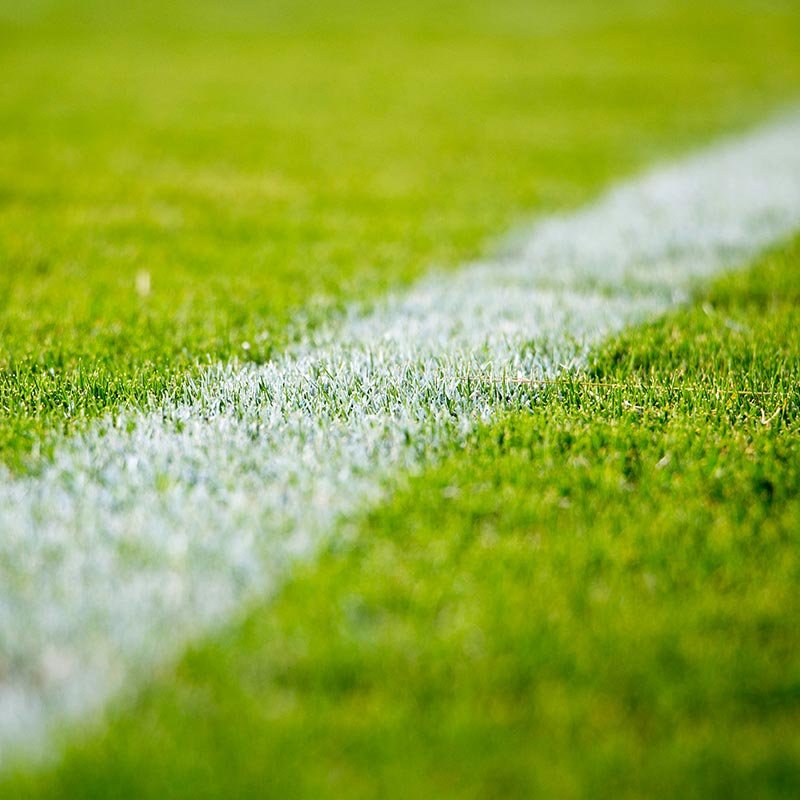
Can you play pickleball on a clay court?
The other surface gaining popularity is clay. Red clay and greenish-grey clay (Har-Tru) are two options for playing pickleball.
Har-Tru green clay is found naturally across the United States and is a low-cost option for making a pickleball court. Also, it is truer, or its bounce is more predictable and higher than other softer surfaces.
But not all clays are the same. The red clay, found usually in South America and Europe, is fundamentally the same, but its bounce is not as consistent as Har-Tru.
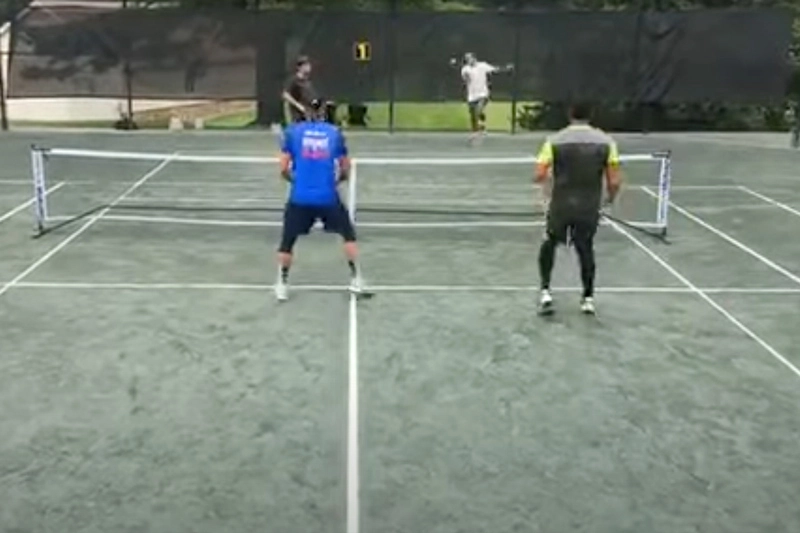
Clay Pickleball Court
Source: https://www.youtube.com/watch?v=s0Lgycvrdxs
Can you play pickleball on a wooden floor?
The wood is another excellent option for a pickleball surface. Typically, maple or other hardwood laid over a concrete subfloor is used to make a wooden pickleball court. However, wood is not weather-resistant and is only suitable for indoors.
That said, a positive thing is that the wood has a soft surface. So, it is easy on joints and knees and a better alternative for senior pickleball players.
Contrarily, a setback with wooden pickleball courts is that you can’t and shouldn’t play on a wet pickleball court. Wooden wet courts are incredibly slippery and put you at grave risk of injury or muscular strain.

Wooden Pickleball Court
Source: https://marinpb.com/
What Type of Court is Pickleball Played On?
Pickleball is an adaptable and flexible sport playable on different types of sport courts. Though it is best to play pickleball on sports courts or the courts made for the game, you can turn many other courts into makeshift or permanent pickleball courts, including basketball courts, badminton courts, racquetball courts, tennis courts, platform tennis, and paddle tennis court.

Pickleball Court Dimensions
Source: https://usapickleball.org/
Can you play pickleball on a tennis court?
Tennis courts, with their larger dimensions, are ideal for setting up pickleball games.
Court:
A standard pickleball court measures 20 feet wide by 44 feet long, fitting well within the confines of a tennis court, which is 36 feet wide and 78 feet long.
On a standard tennis court, you can often fit two pickleball courts per side (four in total). The pickleball courts need to be positioned perpendicularly to the tennis net. Erase tennis lines, and draw pickleball lines to define spots like the kitchen or non-volley zone on a tennis court, and voila!
Net:
Set up the net by either lowering the tennis net (36″ high at the center and slightly higher at the posts) to 34″ in the center and 36″ high at the sidelines, or using portable pickleball nets.
Surface:
The surfaces of tennis courts are usually suitable for pickleball, but make sure they are in good condition.
Equipment:
For playing pickleball on a tennis court, you’ll need to switch out a few items. Replace the tennis ball with a pickleball ball, and use pickleball paddles instead of tennis rackets. These paddles are shorter and easier to handle, designed for the unique gameplay of pickleball.

Tennis Court Dimensions
Source: https://www.dimensions.com/element/tennis-court
Further Reading: What’s the Difference between Pickleball and Tennis – A Full Guide
Can you play pickleball on a platform tennis court?
Platform tennis courts, with their unique features and adaptability, present a viable option for playing pickleball. Given the identical dimensions of platform tennis and pickleball courts, this conversion is relatively straightforward.
Court:
The net area of the platform tennis court measures 44 feet by 20 feet, identical in size to a pickleball court, so no adjustment is needed for the court size. You can use chalk or tape to mark essential lines, such as the no-volley zone (kitchen) and centerlines. These markings will ensure the court meets pickleball specifications and enhance the gameplay experience.
Net:
The net height and tension should be similar, so no major adjustments are needed for the net itself. You can set up a pickleball net to experience a little fun playing on a platform tennis court.
Surface:
Platform tennis courts are designed with a rougher surface to accommodate outdoor play in various weather conditions. This surface can affect how the pickleball bounces and moves, compared to the smoother surfaces usually used for pickleball. Players may need to adjust their playing styles to adapt to the different bounce characteristics.
On the positive side, platform tennis courts are often equipped with under-deck heaters and are raised to provide a consistently playable surface, even in cold or inclement weather. This makes them particularly suitable for playing pickleball during cooler seasons.
Surroundings:
Though its surface is perfect, its surroundings are not. A platform tennis court has wire mesh or walls around it. This makes playing pickleball a little risky as it is challenging to predict the rebounds. You need to adapt to this environment, which can add an exciting and unique element to the game.

Platform Tennis Court Dimensions
Source: https://www.platformtennis.org/home/rules
Can you play pickleball on a paddle tennis court?
Yes, paddle tennis courts, with their similar size and structure, can be easily adapted for pickleball.
Court:
Both paddle tennis and pickleball courts are 20 feet wide, but a paddle tennis court is slightly longer at 50 feet compared to a pickleball court’s 44 feet. This extra length can be managed with some simple adjustments. Use temporary tape or chalk to mark out the pickleball court dimensions (20 feet by 44 feet) within the paddle tennis court.
Net:
Paddle tennis nets (31″ at the center) are lower, so either adjust the net to the pickleball standard (34″ at the center) or use a portable pickleball net.
Surface:
Both sports are typically played on hard surfaces. If the surface of the paddle tennis court is suitable for pickleball, no further modifications are needed.

Paddle Tennis Court Dimensions
Can you play pickleball on a basketball court?
A basketball court is another perfect option for playing pickleball. It is bigger than a pickleball court, allowing you to set up a court without worrying about the space.
Court:
A full-size basketball court is 94 feet by 50 feet (NBA) or 84 feet by 50 feet (high school). That means you can comfortably set up multiple pickleball courts on a single basketball court:
- Single Court Setup: If setting up one pickleball court, you can place it within the larger dimensions of the basketball court, ensuring there’s ample space around for movement and safety.
- Multiple Courts Setup: Given the space, you can fit two pickleball courts side by side along the width or place them across the full length of the basketball court. For optimal use of space, placing two pickleball courts end-to-end along the full length of the basketball court often works best.
Net:
Since basketball courts do not have fixed nets, portable pickleball nets at the correct height can be set up for play on a basketball court.
Surface:
Its surface (usually hardwood or concrete) is suitable for pickleball. The smooth and hard surface provides the right amount of bounce for a pickleball, ensuring consistent gameplay. Ensure the court is clean and free of debris to maintain safety and quality of play.

Basketball Court Dimensions
Source: https://www.dimensions.com/element/basketball-court
Can you play pickleball on a badminton court?
Badminton courts offer a nearly perfect setup for pickleball due to their similar size and layout. With minimal adjustments, you can easily convert a badminton court into a pickleball court, making it an ideal choice for those looking to enjoy pickleball in a space designed for another racquet sport.
Court:
The badminton court measures 44 feet by 20 feet, identical in size to a pickleball court, so no adjustment is needed for the court size. The existing lines of the badminton court can serve as the boundaries for the pickleball court, simplifying the transition. You might only need to add the kitchen line (non-volley zone) 7 feet from the net on both sides if it’s not already marked.
Net:
The net is 60 inches high at the center, much higher than the pickleball net, so it needs to be lowered to 34 inches at the center for pickleball. This requires adjustable net posts or portable nets.
Surface:
Badminton courts typically have indoor surfaces made of hardwood or synthetic materials, which are excellent for pickleball. These surfaces provide good traction and a consistent bounce, enhancing the gameplay experience. If you’re using an outdoor badminton court, ensure the surface is smooth and safe for play. Outdoor surfaces should be evaluated for any wear or uneven areas that could impact play or pose safety risks.

Badminton Court Dimensions
Source: https://www.dimensions.com/element/badminton-court
Can you play pickleball on a racquetball court?
Racquetball courts, with their smooth surfaces and indoor settings, provide a feasible option for playing pickleball. However, confined spaces and walls present unique challenges that require some adaptations.
Court:
A standard racquetball court is 20 feet wide and 40 feet long, which is slightly narrower and shorter than a pickleball court that measures 20 feet by 44 feet. This means that if you want to play within the racquetball court boundaries, the back boundary lines of the pickleball court will need to be adjusted.
Net:
Since racquetball courts do not come with nets, you’ll need to set up a portable pickleball net, and experience the game.
Surface:
Racquetball courts typically feature smooth hardwood or synthetic surfaces, which are excellent for pickleball. These surfaces provide a consistent bounce and good traction, ensuring quality play. However, players might find the gameplay slightly different due to the confined indoor space and the absence of outdoor elements like wind and sun.
Surroundings:
Unlike racquetball, pickleball does not use walls as boundaries for play. Players must be mindful of this difference and adapt their play style to avoid playing balls off the walls.

Racquetball Court Dimensions
Source: https://www.dimensions.com/element/racquetball-court
Alternative Places to Play Pickleball
You don’t necessarily need a basketball or a tennis court to play pickleball. You can also set up a temporary pickleball court in alternative places, like the driveway and backyard.
Can You Play Pickleball on a Driveway?
Yes, the driveway is a surface usually made of asphalt or concrete, which can be a convenient place to set up a pickleball court. Using chalk or tape to mark lines and a portable net, you can easily transform a driveway into a pickleball court for casual play.
Can You Play Pickleball in the Backyard?
The backyard can be great for pickleball, provided there’s enough space. You can use temporary lines and a portable net. The surface can vary, from grass to concrete, depending on your backyard setup.
Can You Play Pickleball on the Beach?
Beach pickleball is a fun variation of the game. The sand provides a unique challenge, affecting movement and ball bounce. It’s a great way to enjoy pickleball in a more relaxed, recreational setting.
Even though the sizes of some places are smaller than the standard, you can creatively set up a court to enjoy a casual game on either.
TIPS
It is essential to be ultra-conscious and wary of cracks or uneven surfaces as they could hurt you by putting unnecessary strain on your knees, ankles, wrists, and joints.
Does the Weather Matter When Playing Pickleball?
Weather can significantly impact a game of pickleball, influencing safety, playability, and strategy. Understanding how different conditions – rain, snow, and wind – affect the game helps players prepare and adapt effectively.
Can you play pickleball in the rain?
Playing pickleball in the rain is not recommended. Wet surfaces can be slippery and dangerous, increasing the risk of injuries. If you must play in light rain, ensure the court is not too slick.
Can you play pickleball in the snow?
Playing pickleball in the snow is impractical and unsafe. The cold temperatures, icy surfaces, and snow-covered courts make it difficult to play effectively and safely.
Can you play pickleball in the wind?
Windy conditions can affect the flight of the ball, making the game more challenging. While it’s possible to play, be prepared for unpredictable ball movement and adjust your strategy accordingly.
Conclusion
Officially, asphalt or concrete surfaces are the best for pickleball. However, for a casual game, you can use many other alternatives.
Ultimately, the best option is the one that fits your budget, provides you with adequate protection against the elements, and satisfies your preferences. You can choose a hard surface like concrete, a softer alternative like grass or turf, or something in between, like carpet, vinyl, or wood.
FAQs
How much space is required for a pickleball court?
According to the USA Pickleball Rulebook, having at least a 30-foot wide and 60-foot long space is essential to set up a pickleball court. A little extra space on both sides makes the experience even safer.
What is the surface of a pickleball court?
A pickleball court surface usually entails either concrete or asphalt. However, you can choose from many other alternatives if you play pickleball solely for recreation.
Can you play pickleball on a wet court?
No, playing pickleball on a wet court is not a wise call, especially if it is wooden. That said, you can play the game on other wet surfaces or during the rainy season, but there is a risk of injury.
So, it is best to put down pickleball paddles and let the surface follow a drying process before beginning the play.
Do you need a hard surface to play pickleball?
A hard surface is ideal for a competitive pickleball game. However, it is not a necessity for a fun and casual one. Also, playing on a softer alternative like grass, turf, clay, or wood is better if you are worried about an injury and want to minimize strain on your joints and knees.
What is the best color for a pickleball court?
The best color for a pickleball court is typically a combination of contrasting colors that enhance visibility and reduce glare. Here are the popular color choices:
- Blue and Green: A blue playing area with green surrounding boundaries is common. Blue offers excellent contrast with the yellow or white pickleball, making it easier to see, while the green perimeter helps define the court and complements the environment.
- Red and Green: Red or terracotta playing areas with green borders are also used. The red surface provides good visibility of the ball and contrasts well with the green boundary, adding visual appeal.
- Dark Green and Light Green: Using different shades of green for the playing and surrounding areas creates a pleasing and functional court. The darker green center can reduce glare and improve ball visibility.
Factors to Consider:
- Visibility: The ball’s color should stand out against the court surface.
- Glare Reduction: Darker colors can help minimize glare from the sun or lighting.
- Temperature: Lighter colors reflect more sunlight, keeping the court cooler in hot climates.
- Aesthetics: Choose colors that complement the surroundings and appeal to players.
Which material is best for coating pickleball courts?
According to USAPA guidelines, 100% acrylic coatings are highly recommended for surfacing pickleball. These coatings are breathable and allow some vapor transmission. This creates the ideal surface texture for non-slip footing, true pickleball bounce, and minimal abrasion and wears on pickleball. In addition, it offers excellent durability, UV resistance, and traction, essential for withstanding the rigors of play and varying weather conditions.



